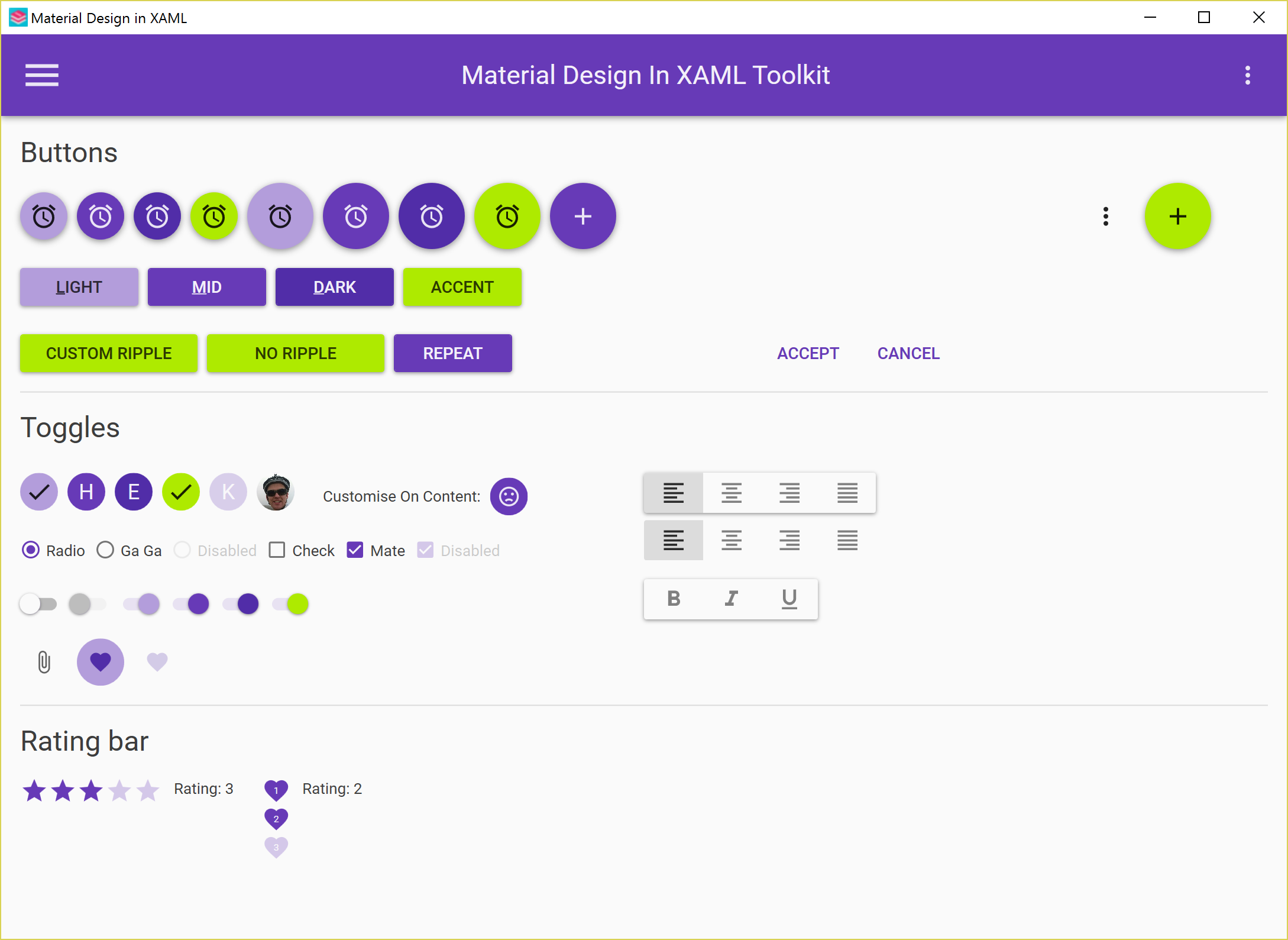"Reveal effect" - not a big deal (could be easily done using RadialGradientBrush)
"Acrylic effect" - exploring the possibilities
I don't really get what the mean by "Fluent Design" or "Material Design". Our app not even a bit looks like "Material Design"
 Material Design In XAML
Material Design In XAML
 Fluent Design - ModernWpf
Fluent Design - ModernWpf
Ours look somewhat similar to MS Edge. Those two effects are just a small part of "Fluent Design"
The new Xbox store app has acrylic but it looks completely diverged from "Fluent Design"
 The new Xbox Store
The new Xbox Store
Even MS doesn't know what "Fluent Design" means
I tried to align to this as much I can
 Windows 10X SMTC panel
Windows 10X SMTC panel

So all that matters is the fancy "Acrylic" effect 😂😟








Review from store:
has also been 2 similar reviews